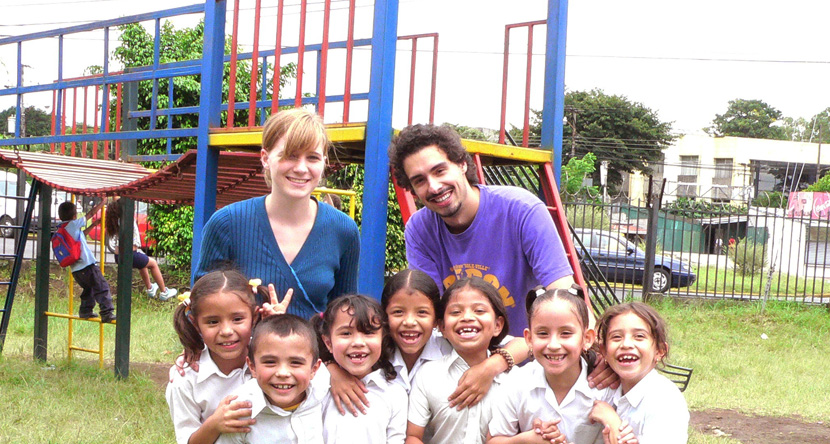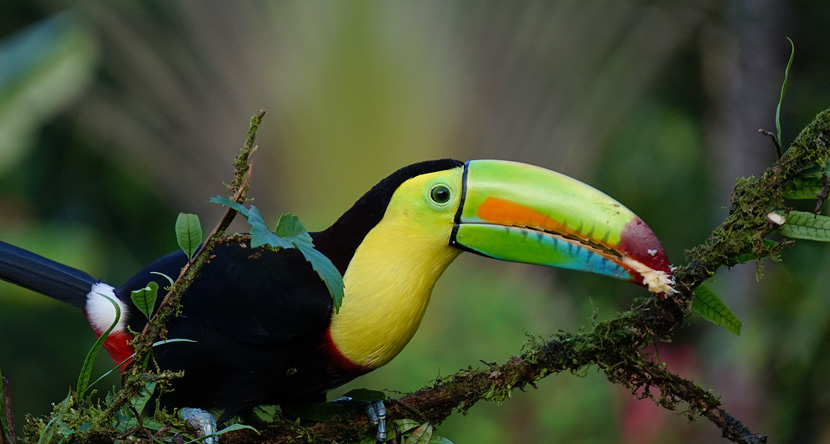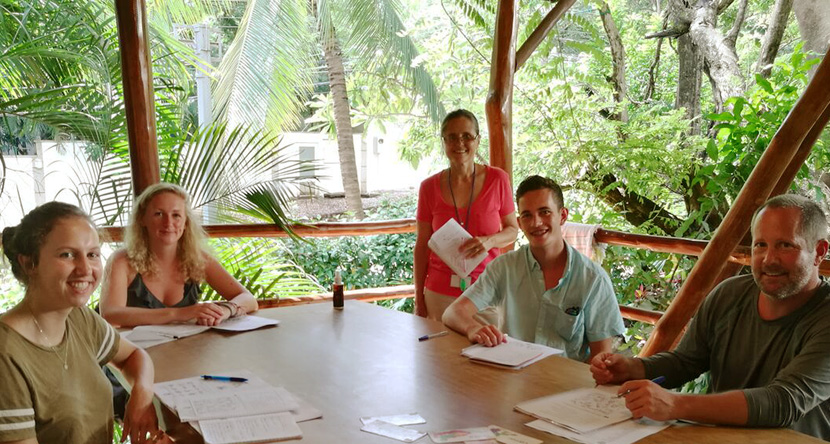Costa Rica
Drinking Coffee in Paradise
With 51,000 km², Costa Rica is one of the smallest countries in Latin America. Nevertheless, it is also one of the most jaw-dropping destinations you can imagine!
The Pacific Ocean lies to the west and the Caribbean Sea to the east coast. Costa Rica has almost 1,300 km (808 miles) of coastline and dream beaches as far as the eye can see. The hinterland is characterized by a breath-taking landscape with volcanoes, mountains, rain- and cloud forests. Costa Rica borders Nicaragua in the north and Panama in the south.
About 4.5 million people live in Costa Rica, over 350,000 of them in the capital San José. Well over half of the Costa Ricans live in cities, especially in the climatically favoured highlands in the middle of the country. Costa Rica has the smallest share of indigenous population among the Central American countries. The inhabitants are mainly descendants of Spanish immigrants.
Politically, Costa Rica is the most stable country in Central America and abolished the armed forces over 60 years ago. The official language is Spanish.
Regarding the climate, there is the rainy season from May to November, and the dry season from December to April. Costa Rica is a tropical country, with high humidity and year-round rainfall (it’s just less in the dry season). This climate benefits coffee production. Coffee export is one of the main sources of income for the small country - coffee beans even have a nickname there, that gives an idea of their value: “Grano de Oro” - grain of gold. You can taste this appreciation, the coffee from Costa Rica meets particularly high-quality standards.
The tourism sector is another important source of income and Costa Rica is one of the most visited countries in the region. Every year, over 2 million tourists come from all over the world to explore the scenic beauties and the fauna. Costa Rica really has everything you need for a dream vacation!
Here are a few “must-see's” in Costa Rica:
Thanks to a very active and efficient environmental policy, around 30% of the country's area is protected, and much of the coffee production is carried out sustainably by small farmers. The country has more than 20 national parks and there are also countless private protected areas. In order to balance tourism with environmental and species protection, Costa Rica was one of the first countries to introduce ecotourism extensively in the early 1970s.
Costa Rica's national parks are home to a truly impressive variety of exotic flora and fauna. Each park has its own particularities. Among other things, you can marvel at many different bird species, snakes, lizards and butterflies. In addition, you find rare mammals, that are otherwise only known from the zoo or television, such as sloths, jaguars, cougars or spectacled bears.
Groups of curious monkeys hop around in the treetops, looking down on the tourists. Those national parks located on the coasts, are usually dedicated to the protection of the sea turtles that come to Costa Rica to lay their eggs every year.
Costa Rica is the perfect place to combine learning Spanish with outdoor adventures. The people speak a clear and slow Spanish and you can easily reach all tourist highlights from San José. The Costa Ricans are very happy and calm people and always have a smile on their face - their motto is "Pura Vida" - "pure life" - in Costa Rica, you can learn to enjoy life to the fullest!










